Eastern Europe holds some of the world’s most spine-tingling destinations, where centuries of turbulent history have left behind more than just crumbling stones and faded paintings. From medieval castles perched on rocky cliffs to abandoned asylums echoing with unexplained sounds, this region offers ghost hunters and thrill-seekers an unforgettable journey into the supernatural.
The following locations blend rich historical significance with genuinely eerie atmospheres. Here is a list of 15 haunted places that will give you goosebumps while teaching you about Eastern Europe’s fascinating past.
Bran Castle, Romania
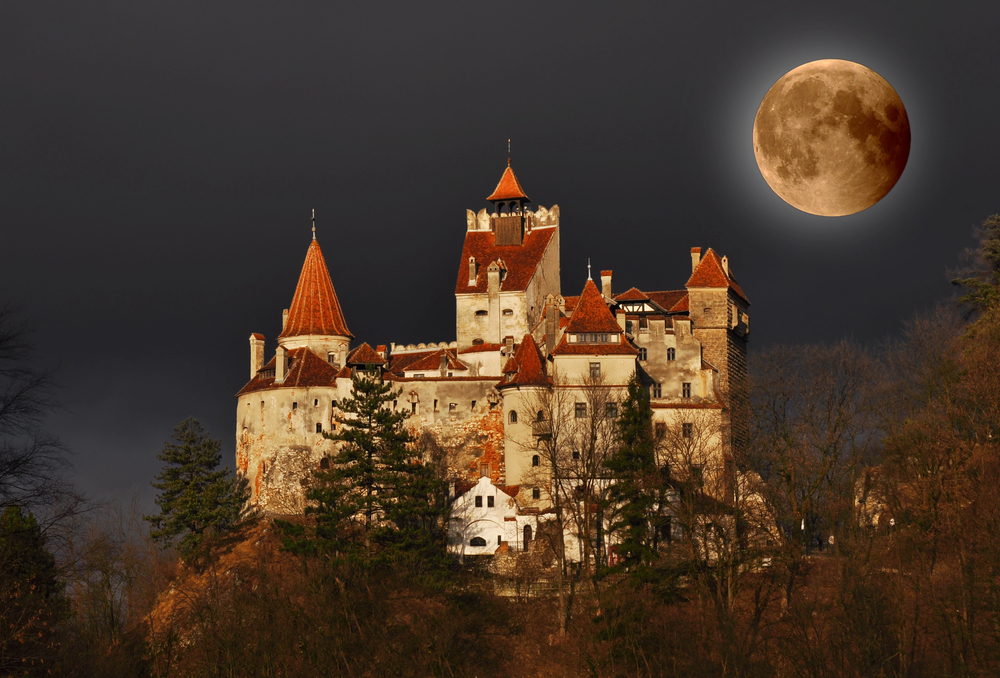
Bran Castle sits dramatically on a cliff edge in Transylvania, forever linked to the Dracula legend despite having only loose connections to Vlad the Impaler. Visitors report strange cold spots throughout the castle’s narrow corridors and claim to hear footsteps in empty rooms above them. The castle’s Gothic architecture and shadowy corners create an atmosphere so thick with mystery that even skeptics find themselves looking over their shoulders. Tours often mention unexplained phenomena, from doors that creak open on their own to the feeling of being watched from the castle’s many darkened windows.
Prague Castle, Czech Republic
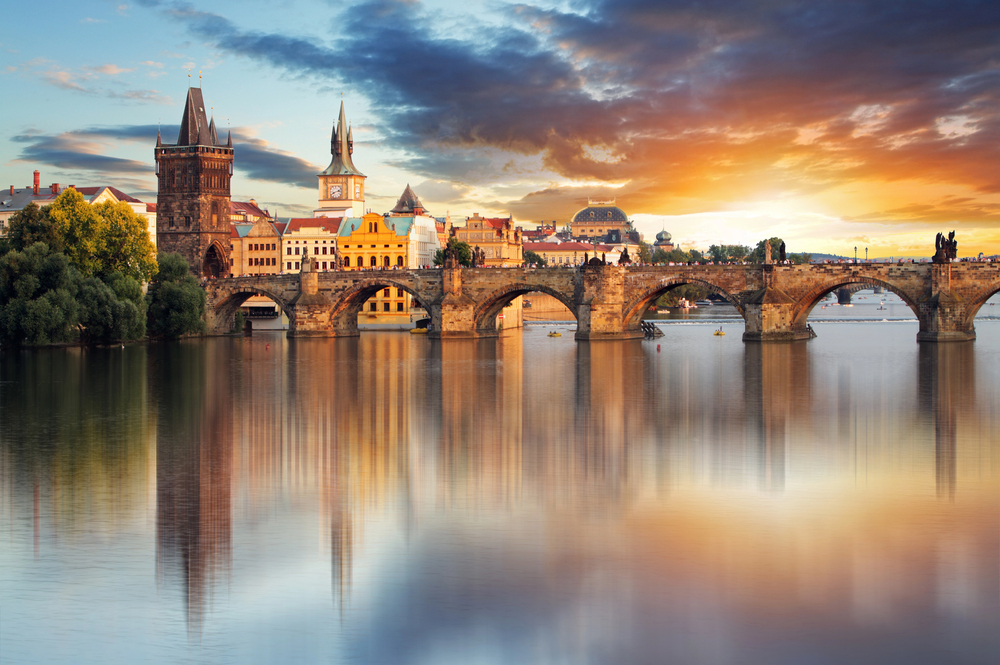
Prague Castle sprawls across a hilltop like a medieval city frozen in time, and its centuries of royal intrigue have left behind plenty of restless spirits. The White Lady of Rožmberk reportedly roams the castle grounds, appearing as a warning before major events or deaths in prominent Czech families. Guards and visitors alike describe encounters with a glowing figure in white robes who vanishes when approached directly. The castle’s maze-like layout and ancient stone walls seem to amplify every whisper and footstep, making even daytime visits feel otherworldly.
Bran Village Cemetery, Romania
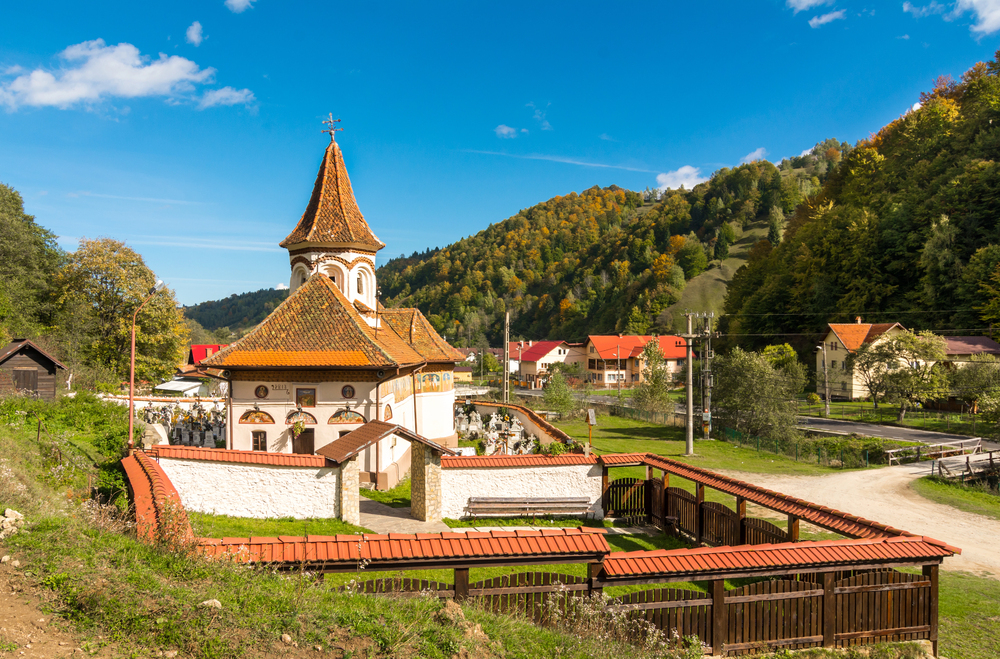
Bran Village Cemetery sits in the shadow of the famous Dracula castle, but locals consider the graveyard far more terrifying than its tourist attraction neighbor. The cemetery’s oldest section contains graves dating back centuries, and villagers report seeing glowing figures moving between the headstones on moonless nights. Strange mists rise from certain graves even during dry weather, and several people have claimed to hear their names being called by voices speaking in archaic Romanian dialects. The cemetery’s iron gates creak open on their own during windless evenings, and local priests refuse to conduct burials after sunset due to unexplained phenomena that intensify after dark.
Hoia-Baciu Forest, Romania
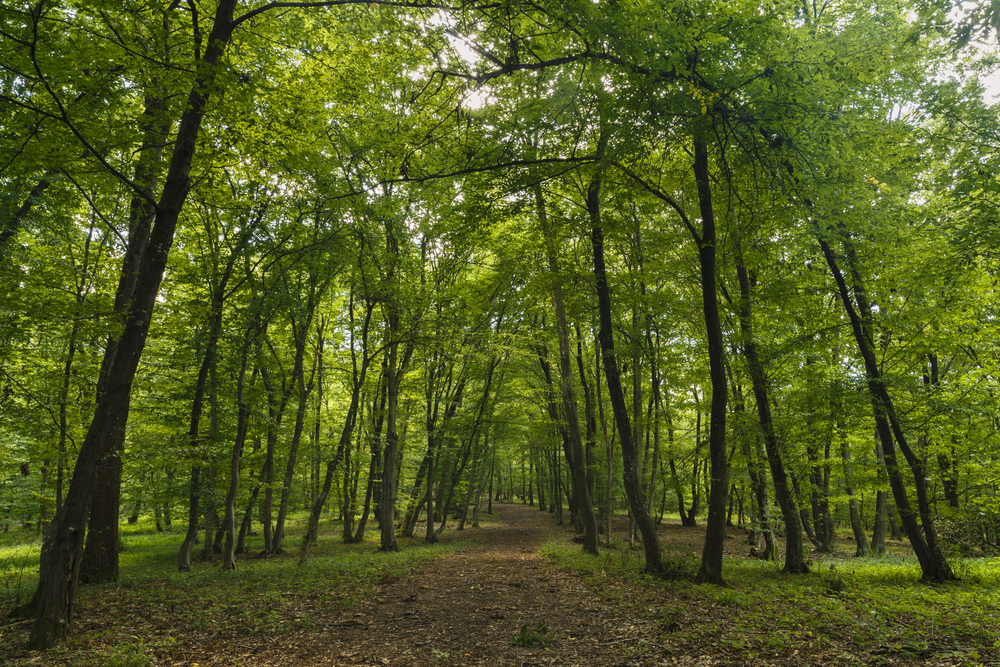
Hoia-Baciu Forest earned its reputation as the ‘Bermuda Triangle of Romania’ through decades of unexplained disappearances and bizarre phenomena. Trees grow in strange, twisted spirals that seem to defy natural growth patterns, and there’s a perfectly circular clearing where nothing grows despite the fertile soil. Visitors frequently report electronics malfunctioning, compasses spinning wildly, and the unsettling feeling of being followed by unseen presences. The forest gained international attention when a military technician photographed what appeared to be a UFO hovering above the treeline in 1968.
Sedlec Ossuary, Czech Republic
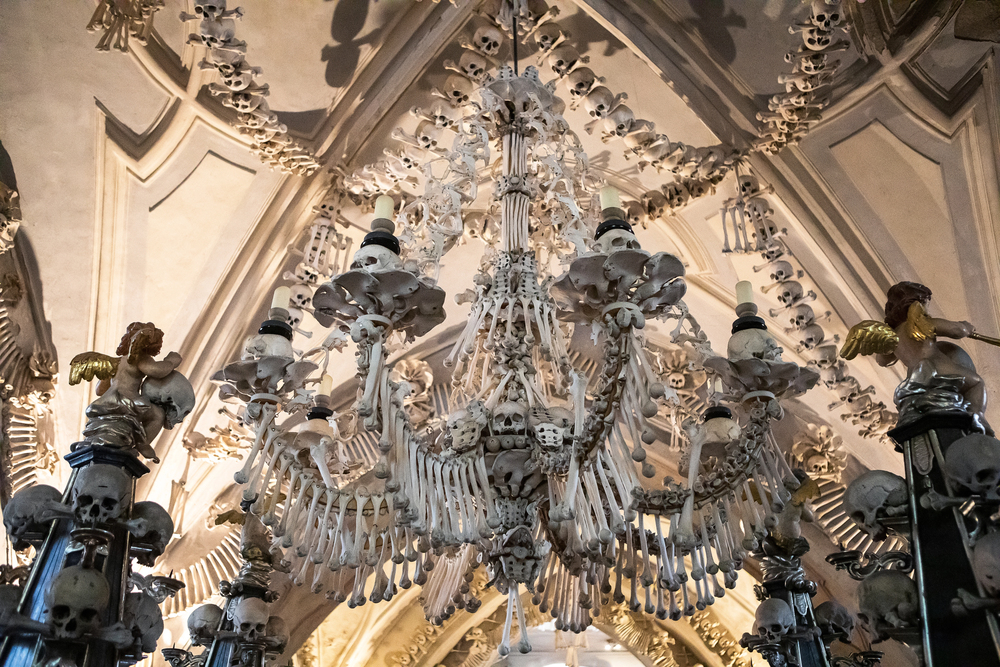
— Photo by Birute
The Sedlec Ossuary takes the concept of ‘rest in peace’ and turns it into an artistic nightmare, with the bones of over 40,000 people arranged into elaborate decorations throughout this small chapel. A massive bone chandelier hangs from the center ceiling, constructed from nearly every bone in the human body, while skulls and femurs form intricate patterns on the walls. Visitors often report feeling dizzy or nauseous upon entering, and some claim to hear whispered prayers in languages they don’t recognize. The chapel’s creator, a half-blind monk, spent years arranging these remains after plague and war filled local cemeteries beyond capacity.
Wawel Castle, Poland

— Photo by dimkamystery
Wawel Castle in Krakow houses the legendary Wawel Dragon in its underground caves, but the castle’s royal chambers harbor their own supernatural residents from centuries of Polish monarchy. The ghost of King Sigismund III reportedly roams the castle’s halls, still searching for political enemies who might threaten his reign from beyond the grave. Visitors frequently report sudden temperature drops in the throne room and claim to hear the rustle of royal robes when no one else is present. The castle’s underground dragon’s den, carved from natural limestone caves, amplifies every whisper and footstep into an otherworldly echo that has startled countless tourists over the years.
Sighișoara Citadel, Romania
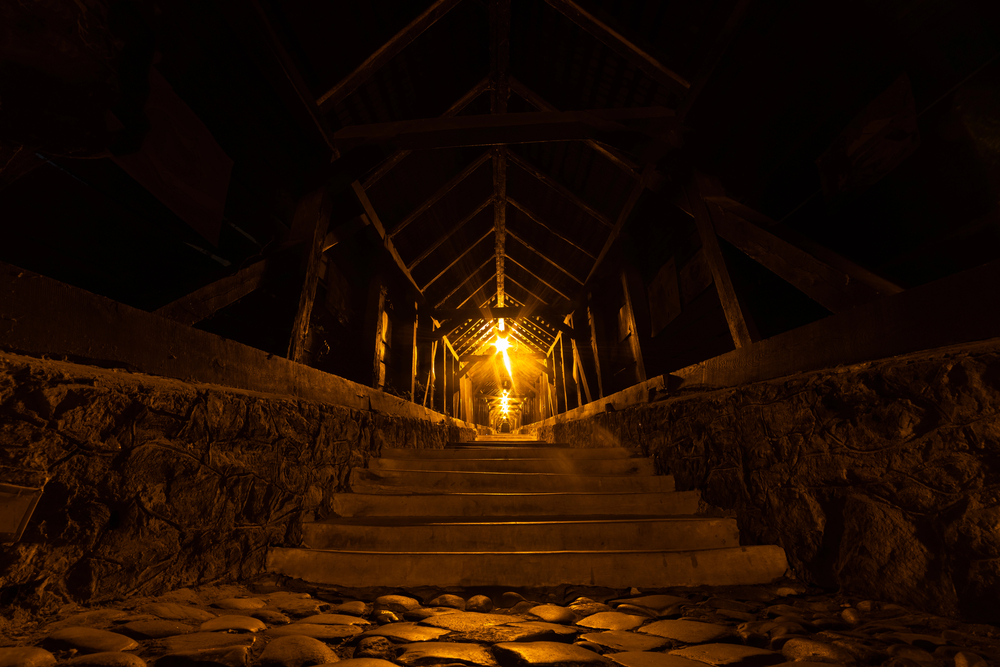
Sighișoara Citadel, the birthplace of Vlad the Impaler, maintains its medieval charm while harboring some seriously dark energy within its colorful walls. The Clock Tower reportedly houses the spirit of a watchmaker who died while repairing the mechanism and now ensures the clocks throughout the citadel never keep proper time. Locals avoid walking alone through the citadel’s narrow streets after dark, claiming that shadows move independently of any light source. The house where Vlad was born now operates as a restaurant, but staff members report plates and glasses moving on their own and cold drafts that seem to follow customers around the dining room.
Spis Castle, Slovakia
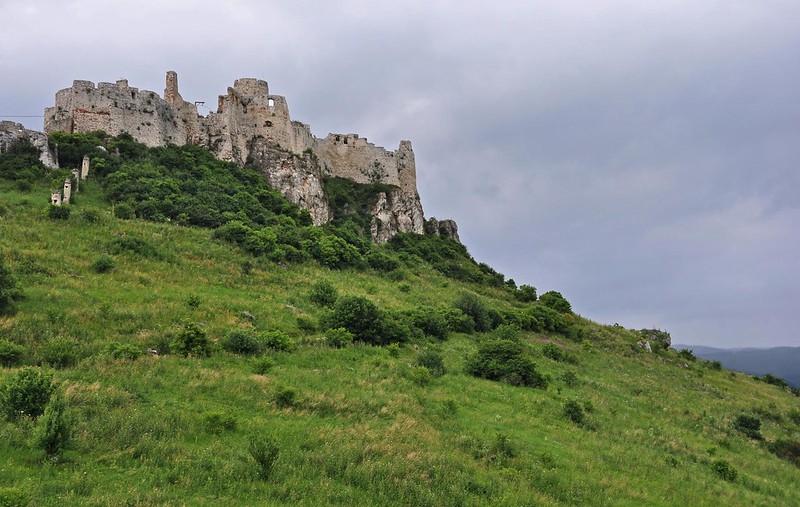
Spis Castle sprawls across a hilltop as one of Europe’s largest castle complexes, and its massive size means plenty of room for supernatural residents to roam undisturbed. The castle’s execution grounds still echo with the screams of prisoners who met their end there, according to local guides who refuse to work alone in certain sections after dark. Visitors report seeing figures in medieval clothing walking along the castle walls, only to vanish when approached directly. The castle’s chapel contains several unexplained cold spots, and many tourists have photographed mysterious orbs and shadowy figures that weren’t visible to the naked eye during their visit.
Malbork Castle, Poland
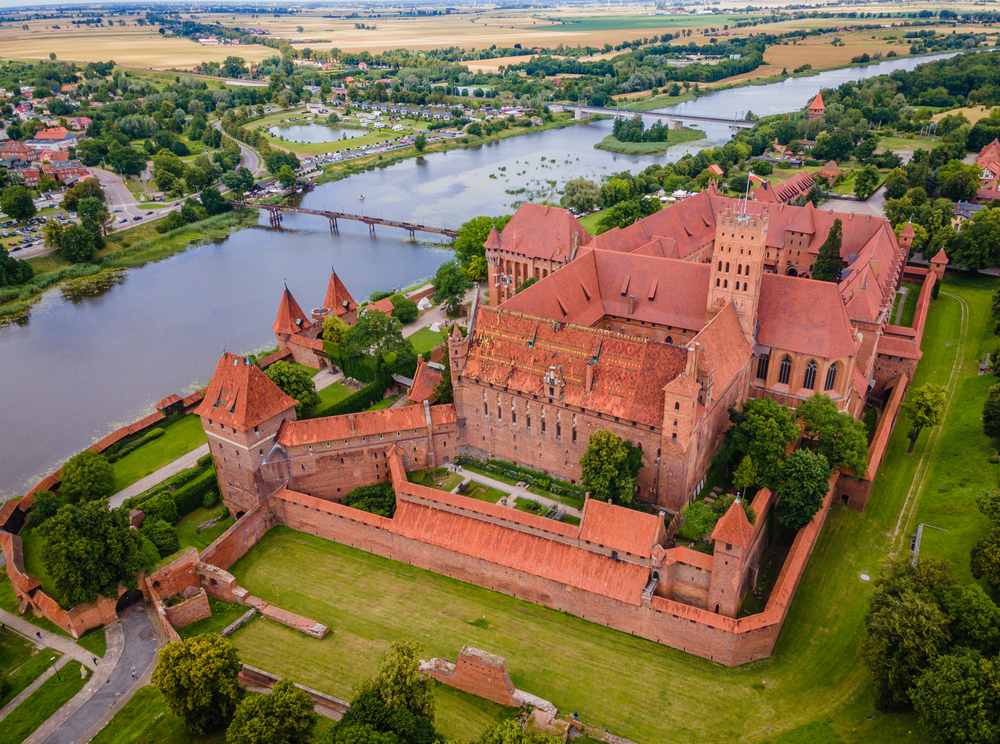
Malbork Castle stands as the world’s largest brick castle, and its massive Gothic halls house centuries of Teutonic Knights’ dark history along with their restless spirits. The castle’s torture chambers in the lower levels maintain an unnaturally cold temperature, and visitors frequently report hearing the clanking of chains and muffled screams echoing through the stone corridors. The Grand Master’s quarters are said to be haunted by the ghost of a knight who was betrayed and murdered by his own brothers-in-arms during a political conspiracy. Ghost tours regularly encounter unexplained phenomena, including doors that slam shut on their own and the appearance of armored figures that vanish when approached.
Predjama Castle, Slovenia
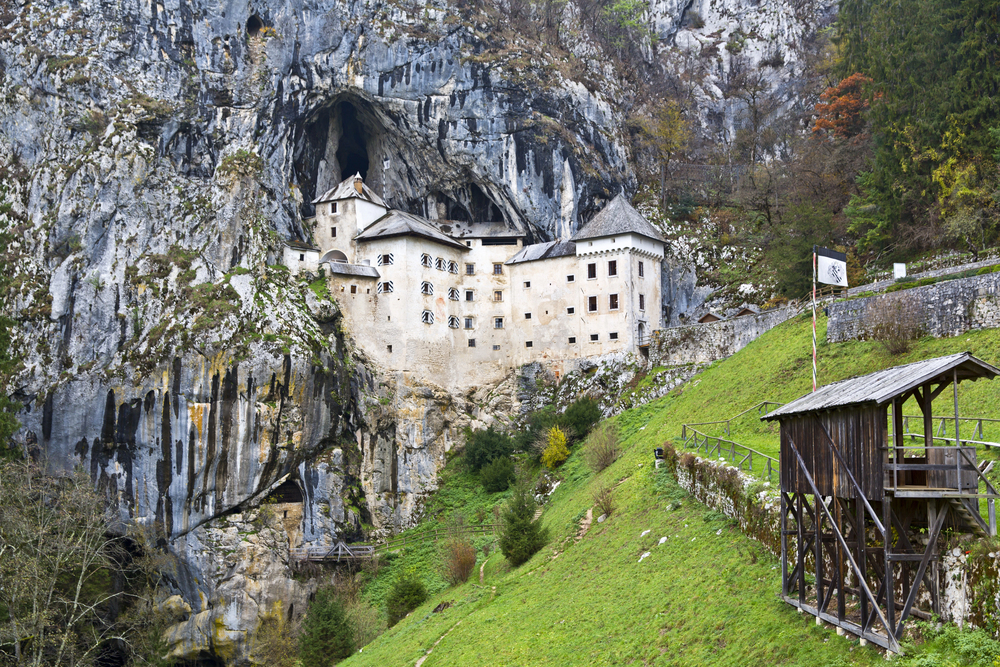
Predjama Castle clings impossibly to a cliff face, built directly into the mouth of a cave system that provided both protection and escape routes for its most famous resident, the robber baron Erazem Lueger. Erazem’s ghost reportedly still haunts the castle, particularly the area where he met his undignified end while using the latrine during a siege. Visitors describe hearing his booming laughter echoing through the cave chambers and catching glimpses of a figure in medieval armor walking the castle’s upper levels. The castle’s integration with natural cave formations creates acoustic oddities that amplify every sound, making whispers seem like shouts and footsteps echo long after the walker has passed.
Cachtice Castle, Slovakia
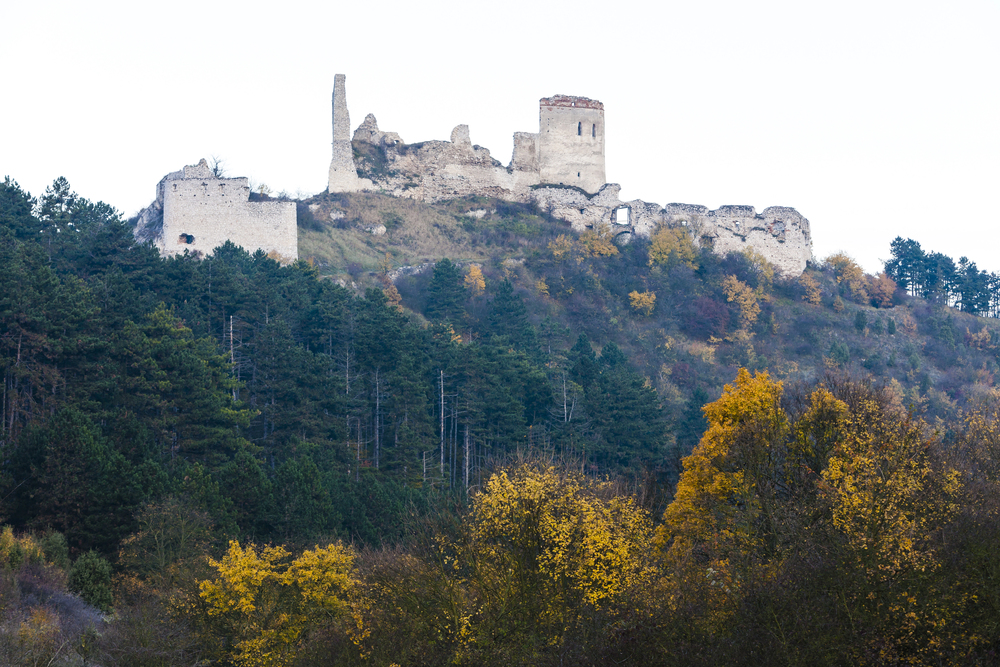
Cachtice Castle’s ruins stand as a grim reminder of one of history’s most notorious figures, Elizabeth Báthory, whose alleged crimes against young women earned her the title of the Blood Countess. Though much of the castle has crumbled, visitors report hearing screams and cries for help coming from the areas where the dungeons once stood. Local residents avoid the castle ruins, especially during winter months when the wind through the broken stones is said to carry the voices of Báthory’s victims. Paranormal investigators have documented unexplained cold spots and electromagnetic anomalies throughout the ruins, with several reporting feeling as though unseen hands were grabbing at their clothing and equipment.
Corvin Castle, Romania
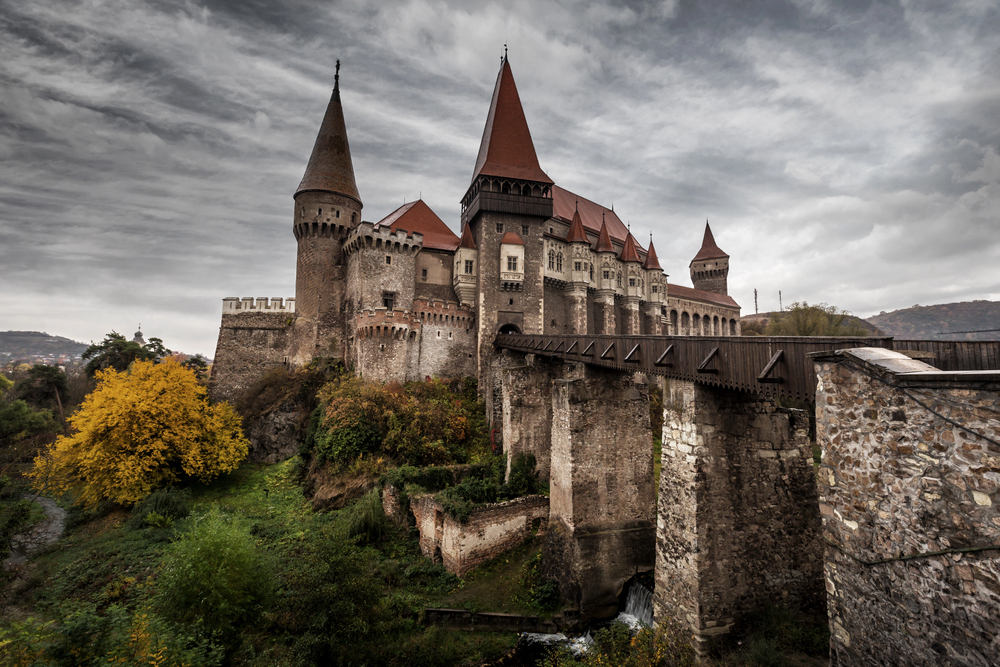
Corvin Castle’s fairy-tale appearance masks a dark history of imprisonment, torture, and political intrigue that has left the medieval fortress crawling with supernatural activity. The castle’s most famous prisoner, Vlad the Impaler, supposedly spent several years in its dungeons, and guides report that the torture chamber remains ice-cold even during summer months. Visitors frequently photograph unexplained figures in the castle’s windows and report hearing chains rattling in empty rooms. The castle’s bear pit, where prisoners were once thrown to wild animals, now serves as a courtyard, but many visitors describe feeling watched by invisible eyes and hearing growls that have no earthly source.
Bojnice Castle, Slovakia
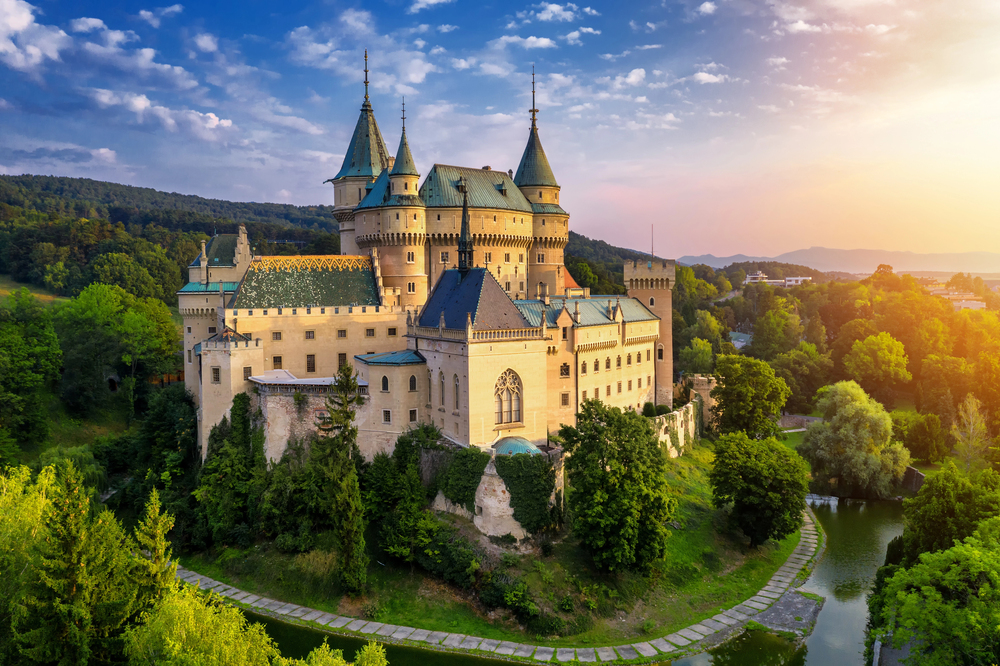
— Photo by radu.cadar.gmail.com
Bojnice Castle looks like something straight out of a fairy tale, but its romantic appearance hides a much darker supernatural reality that has been documented for over a century. The castle’s most famous ghost is Ján Pálffy, the last owner, who appears in a white robe and has been spotted by countless visitors walking through his former bedroom and study. Staff members report that the castle’s antique furniture moves on its own, particularly in Pálffy’s private chambers where chairs shift positions overnight and books fall from shelves without explanation. The castle’s romantic reputation draws many wedding parties, but photographers often capture unexplained figures in the background of wedding photos, leading some couples to believe their ceremonies were blessed by ghostly witnesses.
Houska Castle, Czech Republic
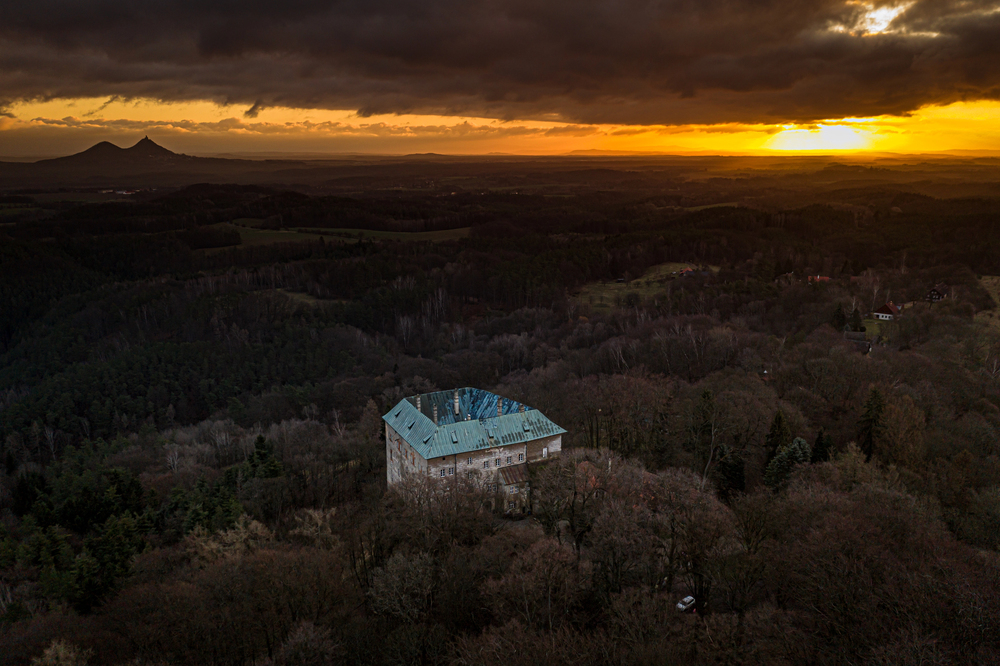
Houska Castle was built not to keep enemies out, but to keep something far worse locked inside what locals called the ‘Gateway to Hell,’ a bottomless pit that supposedly connected directly to the underworld. The castle has no water source, kitchen, or defensive fortifications, existing solely to cap this supernatural portal with a chapel built directly over the pit. Visitors report hearing screams and inhuman sounds emanating from beneath the chapel floor, and several paranormal investigation teams have documented unexplained temperature drops and electromagnetic disturbances. Nazi occult experiments conducted at the castle during World War II allegedly opened the portal further, and locals claim that winged creatures still occasionally emerge from the sealed pit.
Peles Castle, Romania
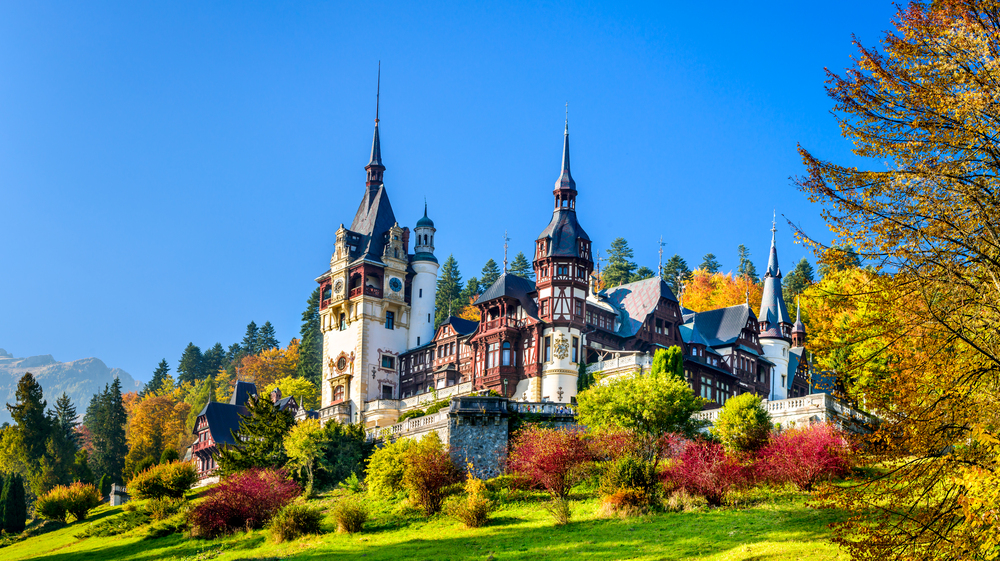
Peles Castle’s opulent rooms and fairy-tale architecture mask a surprisingly active supernatural presence that has puzzled visitors since the castle opened to the public. The ghost of King Carol I reportedly still walks the halls of his former summer residence, particularly drawn to the library where he spent countless hours reading before his death. Staff members and tourists frequently report the sound of classical music playing from empty rooms, as if the royal family’s grand parties continue in the afterlife. The castle’s ornate mirrors throughout the building seem to capture more than just reflections, with visitors often photographing mysterious figures standing behind them that weren’t visible during the actual moment the picture was taken.
Echoes From the Past
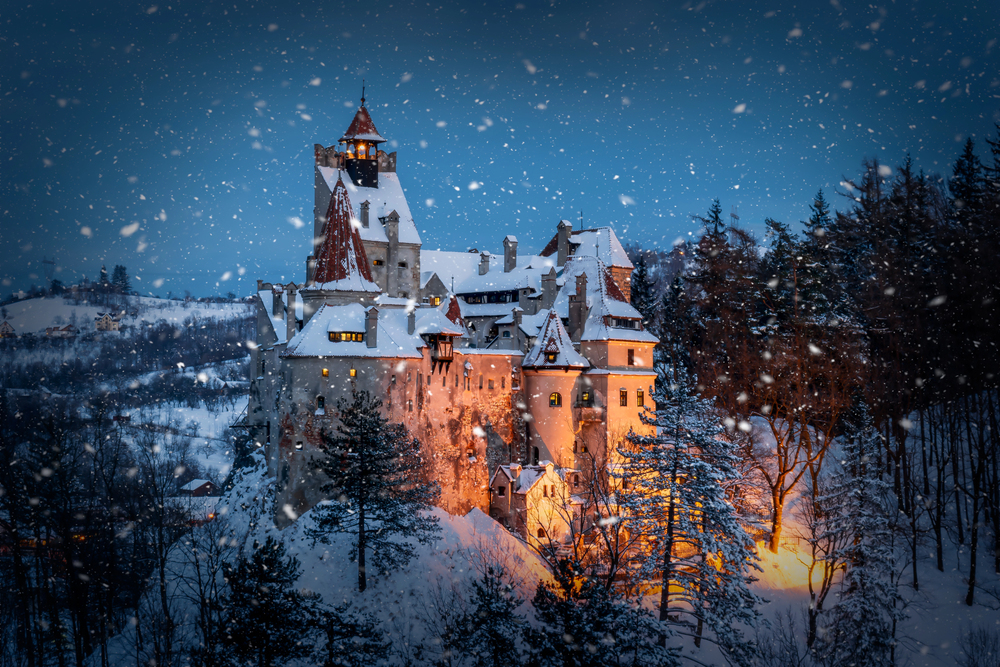
Eastern Europe’s haunted locations serve as more than just tourist attractions for thrill-seekers; they represent living museums where history’s darkest chapters continue to resonate through unexplained phenomena. These places remind us that the past never truly disappears, instead lingering in the stones and shadows of buildings where human drama played out in its most intense forms. Whether you believe in ghosts or not, visiting these locations offers a unique way to connect with the region’s complex history while experiencing the kind of atmosphere that inspired countless legends. The next time you find yourself in Eastern Europe, consider stepping off the beaten path to explore these haunted gems – just maybe not alone, and definitely not after dark.
More from Travel Pug

- 20 Best Beach Towns in the Carolinas
- 13 Destinations Where Tourists Regularly Regret Their Trip
- 20 Things You Actually Get in First Class
- 20 Small Airports With Aviation Museums
- 20 Places in the U.S. That Are Perfect for a Reset Trip
Like Travel Pug’s content? Follow us on MSN.
